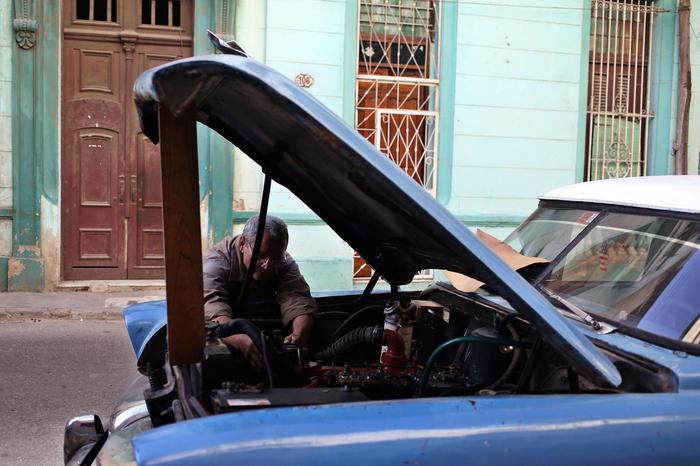The streets of Cuba are an open-air museum of retro cars, with very long Cadillacs and pompous Chevrolets from the pre-embargo era that are still used daily. To see it with a less romantic eye, however, are now cars that make no sense outside the parades, polluting, unsafe. Cars that consume hundreds of tons of imported fuels every year and that come with the dropper.
To bring the island to a lower energy dependency and to a fleet renewal, a plan is being studied to massively introduce electric vehicles. The project was analyzed during the International University Congress 2020 in Havana, where an analysis of the possible 'electrical revolution' was presented by the national universities of Cienfuegos and the Havana Technological University "José Antonio Echeverría". The study is inspired by two facts: the consumption of fossil fuels is 992 tons per year - 74% of diesel and 24% of petrol, mostly imported - and the automotive fleet is among the most obsolete in the world: l The average age of the vehicles is 35 years old and 77% are over 20 years old. The introduction of electric vehicles would give the island greater energy independence, and soothe domestic oil demand. In Cuba, the study found, the national state-owned company Aguas of Havana already exists and has a fleet of 22 electric cars with which it achieves significant savings. With the import of electric cars - this is the idea - fuel savings would be obtained and the quality of public transport would improve. Another factor supporting the project is that by 2025 a quarter of the cars in the world will be electric. Cuba, curiously, was a forerunner already at the beginning of the last century for the advent of electric vehicles: in 1899 the Havana Electric Railway Compan, a company based in New Jersey, in the United States, acquired the right to install an electric tram in the Cuban capital. The service started in 1901, the year in which a power plant was also built.
In those years, 533 trams, 10 electric locomotives and 10 passenger cars operated as well as 73 freight wagons for the transport of building materials and coal. The 30 tramway lines were abandoned about 70 years ago, when the faster and more capacious motor vehicles took over. Now, however, Cuba is thinking of a 'return to the future'.
Cuba thinks of electric vehicles for the renewal of the circulating fleet
2020-02-17T08:35:43.006Z

The plan would also help fight fuel shortages (ANSA)






